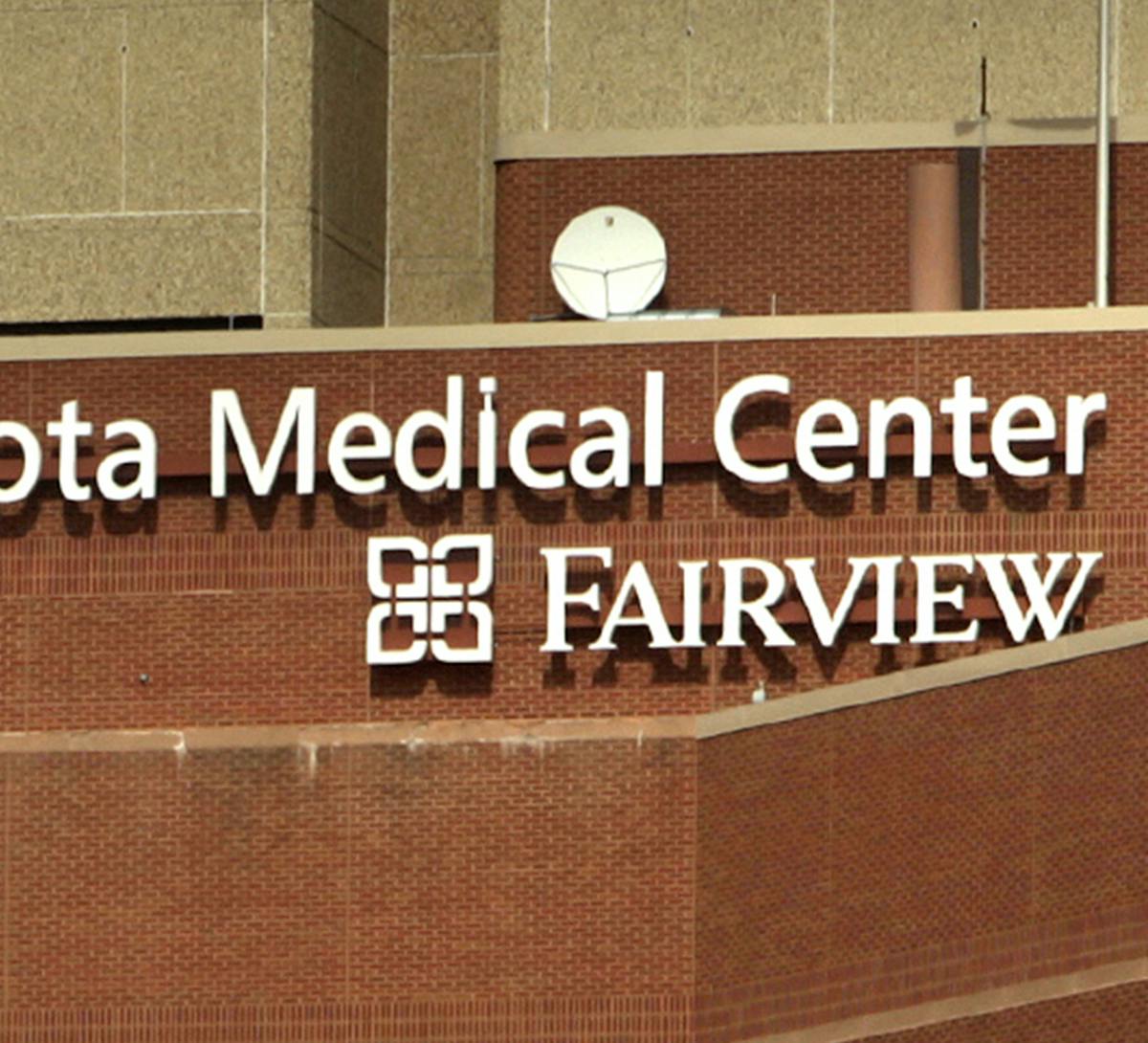Since the Great Depression, tens of thousands of students have lived in Pioneer Hall, one of the oldest and most historic dorms on the University of Minnesota's Minneapolis campus.
But after almost 90 years, "it's really at the end of its useful life," said Vice President Pamela Wheelock.
Rather than tear it down, the U wants to give Pioneer Hall a $99 million face-lift to bring the red brick landmark up to 21st-century standards.
Pioneer, built in stages from 1928 to 1932, is one of the anchors of the so-called Superblock, a quartet of freshman dorms on a bluff overlooking the Mississippi River near the U's Medical Center.
On the outside, Pioneer still exudes the charm of a bygone era, with quaint archways and tree-lined courtyards. Inside, it's showing its age, with outdated plumbing and electrical systems and crumbling ceilings. "Much of the equipment is unworkable or is on its last legs," said Wheelock.
The main-floor lobby has a faded elegance, with pine paneling and a pair of sedate-looking lounges with armchairs and fireplaces. A wooden telephone booth, its equipment ripped out long ago, is perched in the entryway.
"It's charming," Wheelock said during a tour of the empty dorm Wednesday. "But it has its limitations."
Upstairs, shabby rooms open to narrow hallways, and the bathrooms are scarce, with as many as three dozen students sharing a bathroom with one shower stall. "Students generally have a pretty good attitude about making do with it as it is," Wheelock says. But the renovation would offer a significant upgrade. Pioneer is one of the last dorms with no air conditioning, she notes, and it's not handicapped accessible, which means the U can't use it to host campus programs.
"We haven't invested in it for 15 years," said Wheelock. One way or another, the university realized something had to be done.
Officials considered tearing down the building and replacing it with a brand-new dorm, said Wheelock. But they ruled that out as too costly ($130 million). They also considered making minimal upgrades, to keep it functioning a few more years, at a cost of $15 million to $35 million.
The administration's proposal, presented Wednesday to the Board of Regents, would preserve most of the red-brick exterior and renovate the interior, adding new study and gathering spaces, for $76 million. It would build a new 850-seat dining hall in Pioneer to serve all 2,800 students in the four-dorm Superblock, at a cost of $23 million.
One of the advantages, officials say, is that it would preserve the character of the building, which is eligible for listing on the National Register of Historic Places. At the same time, it would give Pioneer a more contemporary feel, much like the popular 17th Avenue Residence Hall, which opened in 2013.
"This is an opportunity to enhance the student experience," Wheelock told board members. It's also a way to compete for students, she noted, as other universities upgrade their living quarters.
Several regents, however, expressed concern about the cost, particularly because the proposal would not make room for additional students. After the renovation, Pioneer would house 696 students, just three more than its current capacity. Board Member Thomas Anderson, who said both he and his father had lived in Pioneer as students, said: "I struggle with the $100 million price tag and not adding beds."
The board is expected to vote on the Pioneer proposal in September. If approved, the dorm would close next summer and reopen in the fall of 2019.
Meanwhile, the board voted Wednesday to lease 920 beds in two private apartment buildings, the Radius at 15th and the Keeler Apartments, to serve as housing for second-year students. The cost, about $8 million a year, is expected to be covered by student housing payments. The move is part of the university's goal to increase enrollment on the Twin Cities campus and provide more housing for second-year and transfer students.
Maura Lerner • 612-673-7384

A plume of PFAS chemicals under the east metro is moving. The state has a new plan to stop it.

Andover High School teacher leads effort for more understandable driver's tests

Trail section at one of Minnesota's most iconic spots closing for rehab

Will 'shotgun only' zone for deer in southern Minnesota be abolished?

